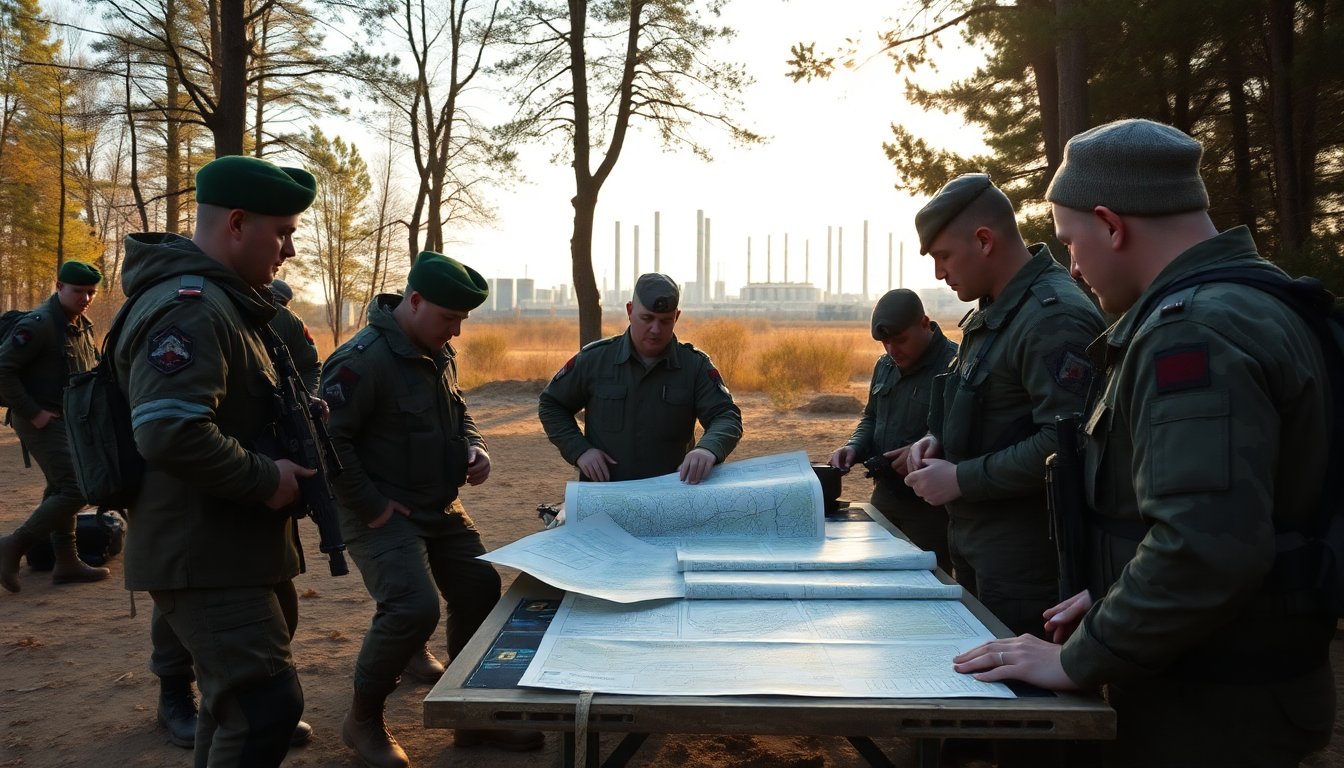Table of Contents
In a significant legislative move, both chambers of Russia’s parliament have approved a new law that allows the state to summon reservists tasked with safeguarding critical infrastructure during specialized exercises. This development likely aims to bolster defenses against potential threats such as drone assaults on energy, transport, and industrial facilities.
The number of reservists has surged dramatically, increasing from approximately 2,000 in mid-2025 to an estimated 100,000 today. This shift occurred in the wake of rising military tensions and preparations for the ongoing conflict with Ukraine. A document obtained by Meduza revealed that back in, President Putin had ordered the establishment of state-owned enterprises consisting solely of reservists, a strategy already in place in regions like Belgorod and Kursk, particularly following the recent mutiny led by Yevgeny Prigozhin.
Legal implications and reservist roles
Upon reviewing the newly enacted legislation, Meduza determined that it fails to clearly define the duration of these “special drills,” leaving open the possibility for them to extend beyond the current limit of 60 days.
While officials have informally indicated that these practices will likely continue, it remains uncertain. Notably, if a reservist opts for active military service, they are removed from the mobilization reserve list, yet their training and medical readiness make them prime candidates for future call-ups.
This law appears to be a more discreet mechanism for integrating civilians into military roles without a formal mass mobilization, as indicated by a presentation from the General Staff.
Challenges for Russian conscripts abroad
As the situation unfolds, it’s crucial to highlight that Russians attempting to evade military service face increasing challenges, particularly in the European Union.
For instance, a 21-year-old Russian national, Daniil Mukhametov, tried to flee his conscription by boarding a train to Kaliningrad and subsequently escaping into Lithuania. His journey led him to Finland, where he sought asylum, only to find himself among over 100 Russian deportees, as local authorities claimed that conscription does not suffice as grounds for asylum.
Amid these developments, Russia’s Foreign Minister Andrii Sybiha reported that the nation had executed 23 missile attacks against Ukraine using ground-launched 9M729 missiles, a weapon previously criticized for its secret development, which led to the U.S. withdrawal from the Intermediate-Range Nuclear Forces Treaty in 2019. This escalation in military aggression underscores the ongoing tensions and the complex geopolitical dynamics at play.
Russia’s military strategy and the situation in Ukraine
Recent assessments indicate that while Russian forces have made headway in southeastern Myrnohrad, their advances are unlikely to precipitate an immediate collapse of Ukrainian defenses. Footage from late October shows Russian forces entering the outskirts of Myrnohrad, yet Ukrainian spokespeople assert that control remains elusive, with a stark 10-to-one drone advantage favoring the Russians.
Russian President Putin has reportedly set a deadline for the capture of Pokrovsk by mid-; however, historical patterns suggest that such timelines are often unrealistic. Previous demands for swift territorial acquisitions have not been met, and the ongoing military campaign is expected to extend over several years.
The humanitarian impact of military tactics
The tactics employed in Pokrovsk have raised significant humanitarian concerns, as Russian forces have effectively trapped civilians within the city, controlling all routes of exit. Reports indicate that civilians attempting to flee are facing lethal risks. Additionally, the use of deception tactics, where Russian soldiers don civilian attire, raises serious ethical questions and may constitute war crimes under international law.
In the midst of these developments, Ukrainian President Volodymyr Zelensky announced a collaboration with Sweden to localize the production of Gripen fighter jets, a move expected to enhance Ukraine’s aerial capabilities. This partnership exemplifies Ukraine’s ongoing efforts to bolster its defenses amid the prolonged conflict.
Shifting narratives and future implications
On a broader scale, the Kremlin’s narrative about external threats is evolving, reminiscent of Soviet-era rhetoric regarding national security. Claims from the Russian Foreign Intelligence Service (SVR) about potential threats from NATO and Western intelligence activities serve to legitimize increasing militarization and societal mobilization in Russia. This narrative aims to garner domestic support for the ongoing conflict and justify further military actions.
The recent legislation regarding reservists represents a pivotal moment in Russia’s military strategy, allowing for a more covert approach to mobilization while simultaneously addressing perceived threats both domestically and internationally. As this situation continues to unfold, the implications for both Russia and Ukraine remain significant, with the potential for further escalation and humanitarian crises.





